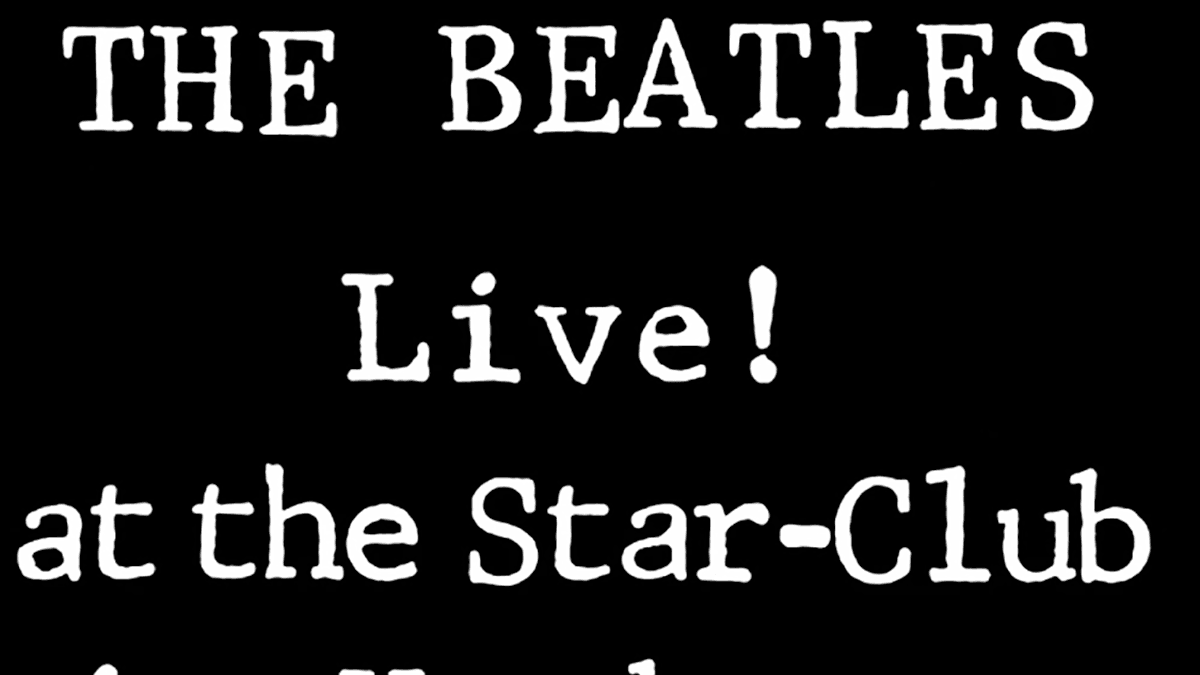The stark monochrome sleeve and shit-tier recording quality of the Beatles’ most famous bootleg stands in for a whole era of the band’s history—their un-housebroken Hamburg years, when they wore jeans and leather jackets; when they ate, drank, smoked and swore onstage; when they were a band rather than a fact. George Harrison swears the band was never better than between 1960 and 1962, during the so-called “Hamburg crucible” that forged them into a force ready to take over the world. Yet he fought tooth and nail against the release of Live! at the Star-Club in Hamburg, Germany; 1962, eventually released in 1977.
The recordings were made by Star-Club stage manager Adrian Barber at the behest of Ted “Kingsize” Taylor, a fellow Liverpool musician who’d played a run of shows with the Beatles with his band the Dominoes in late 1962. The Beatles had a foot out the door at this point and were only contracted to play the Star-Club based on a deal made much earlier by their manager, Brian Epstein, who’d molded the boys into pros by the time they played the shows we hear here. They’d already put out “Love Me Do” in October of that year, so it’s not like this is a recording of a band you can’t find anywhere in better fidelity.
It’s exciting to hear them tear through a Dexedrine-tempo “Twist and Shout,” already in its final form, just waiting for a young John Hughes to have his mind blown by it. It’s a hoot to hear Star-Club co-owner Horst Fascher and his brother Fred as temporary Beatles, belting “Hallelujah, I Love Her So” and “Be-Bop-A-Lula” with the band in the boozy and low-key environment of a small club. As consistently good as their musicianship is, the performances may have been shakier than usual because the band was basically coasting at that point and ready to get back to England. The Star-Club is a container that cannot hold, and Live! plays like a rehearsal for the future, or a kiss-off to the past.
But the great lacuna of the Beatles catalog is the music they made before this show: the lineups with Tommy Moore, Norman Chapman, Stuart Sutcliffe, and the other youths who passed through the Beatles in their pre-Fab days; the alleged hour-long versions of “What’d I Say” they’d improvise to pass the time; a piss-drunk John Lennon imitating Hitler with a comb as a mustache and haranguing the “Krauts” in the audience.
